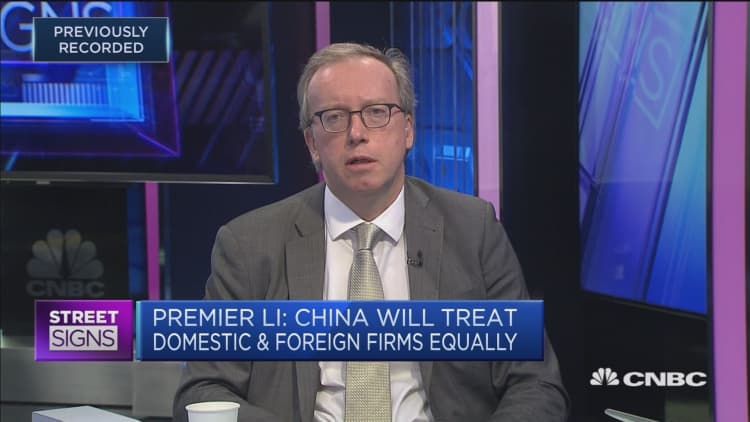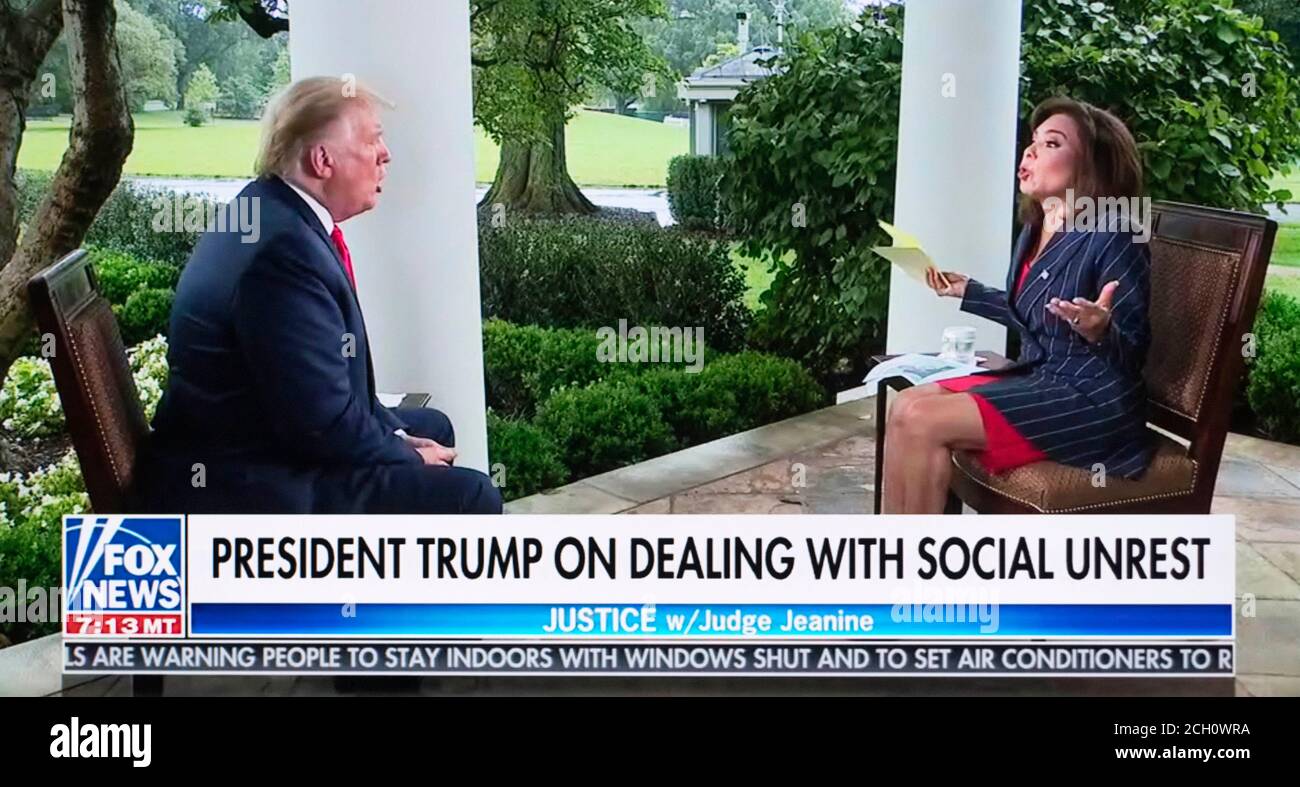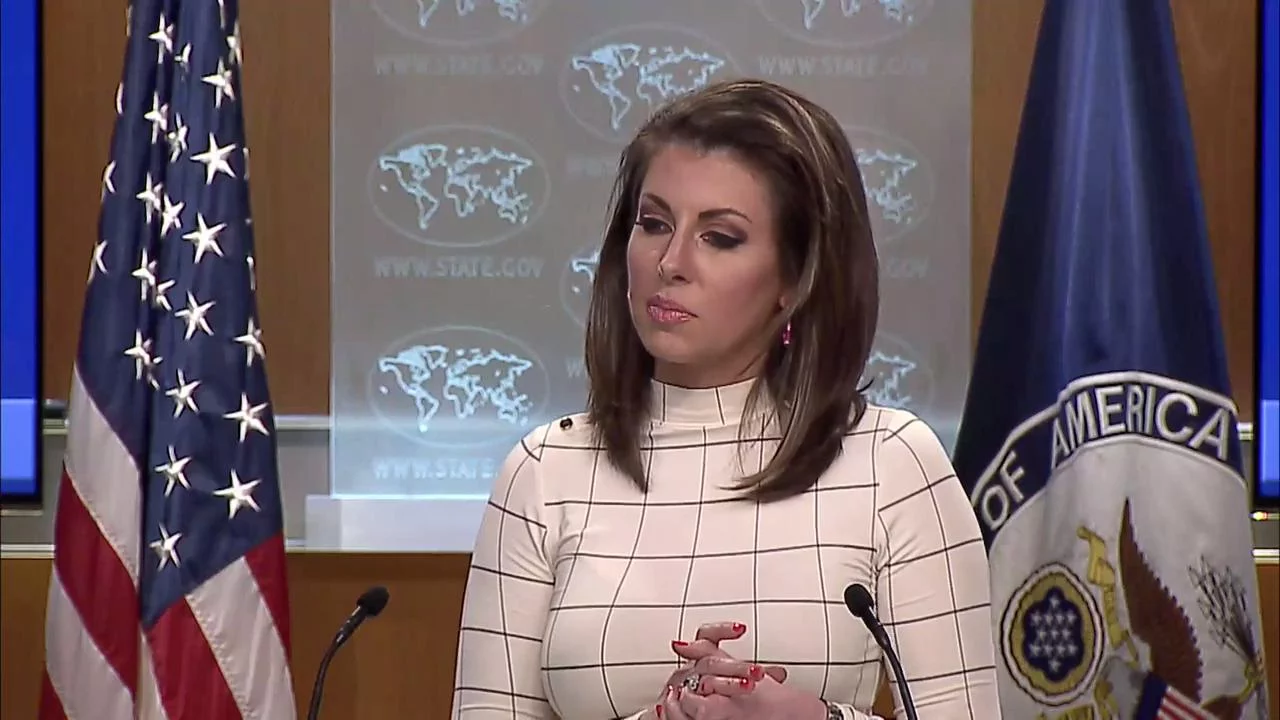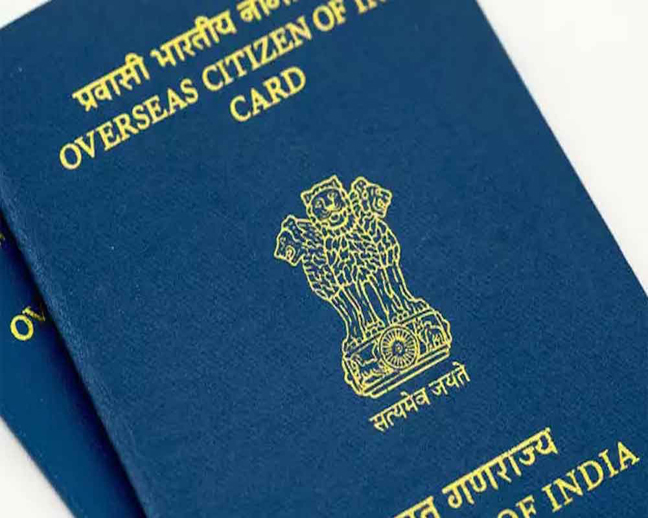Fentanyl Crisis: A Lever In US-China Trade Negotiations?

Table of Contents
Over 100,000 Americans died from fentanyl overdoses in 2022, a stark testament to the devastating fentanyl crisis gripping the nation. This public health emergency isn't solely a domestic issue; it's deeply intertwined with US-China relations, raising complex questions about international trade and national security. This article explores the potential use of the fentanyl crisis as leverage in trade negotiations between the US and China, examining China's role in the supply chain and potential US countermeasures. We will analyze whether leveraging the crisis through trade policy is a viable solution, and explore alternative approaches to mitigating this devastating epidemic.
2. China's Role in the Fentanyl Supply Chain: Understanding the Complexities
H2: The Precursors Problem: The flow of fentanyl precursor chemicals from China to Mexico forms a critical link in the global fentanyl supply chain. These precursors, the raw materials used to synthesize fentanyl, are shipped legally to Mexico, where they are then illegally converted into the deadly opioid.
- Types of precursor chemicals: These include chemicals like 4-anilino-N-phenethylpiperidine (ANPP), N-phenethyl-4-piperidone (NPP), and others. The specific chemicals used constantly evolve, making tracking and regulation more difficult.
- Loopholes in international regulations: Existing international regulations, while aiming to control precursor chemicals, often contain loopholes that allow for their diversion into illegal drug production. Weak enforcement in some countries further exacerbates the problem.
- Volume of precursor chemicals exported from China: While precise data is difficult to obtain due to the clandestine nature of the trade, reports suggest a significant volume of these precursor chemicals are exported from China annually, fueling the production of illicit fentanyl.
H2: Enforcement Challenges and International Cooperation: Tracking and intercepting these precursor chemicals presents significant challenges.
- Lack of effective border control measures: The sheer volume of legitimate and illicit trade makes it difficult for authorities to effectively screen and identify shipments of precursor chemicals.
- Challenges of international collaboration: Effective countermeasures require close cooperation between China, Mexico, and the US, along with other countries involved in the transit and distribution of these chemicals. This international cooperation is hampered by varying levels of political will and differing legal frameworks.
- Potential solutions: Enhanced information sharing between intelligence agencies, joint enforcement operations targeting transnational criminal organizations, and stricter regulatory frameworks are crucial steps toward disrupting the supply chain. Increased investment in technology to detect precursor chemicals is also essential.
H2: The Role of Chinese Companies and Individuals: While not all Chinese companies or individuals are involved, some have been implicated in the production or trafficking of fentanyl precursors.
- Examples of implicated Chinese entities: Several cases have highlighted the involvement of Chinese companies in exporting precursor chemicals, despite regulations. Investigations into these cases often face challenges due to jurisdictional issues and limited access to information.
- Legal and ethical implications: The involvement of Chinese companies raises questions about corporate social responsibility and the need for stronger corporate compliance measures to prevent the diversion of chemicals for illicit purposes.
- Difficulty of prosecution: Prosecuting individuals and entities involved in transnational crime is incredibly difficult, requiring international collaboration and robust legal frameworks that can overcome geographical and jurisdictional barriers.
3. Using the Fentanyl Crisis as Leverage in Trade Negotiations
H2: Trade Sanctions and Tariffs: The US could consider imposing trade sanctions or tariffs on Chinese goods to pressure China into stronger action against the fentanyl precursor trade.
- Potential economic consequences: Such measures could have significant economic repercussions for both the US and China, potentially escalating trade tensions.
- Potential for retaliation: China could retaliate with its own trade restrictions, leading to a trade war with potentially severe consequences for global markets.
- Weighing the pros and cons: While such actions might pressure China, they also carry substantial risks and may not be effective without a broader strategy.
H2: Diplomatic Pressure and Bilateral Agreements: Increased diplomatic pressure and negotiation of bilateral agreements could be a more effective approach.
- Examples of successful international collaborations: International collaborations targeting other drug trafficking networks have shown success, proving that concerted global effort is possible.
- Challenges in reaching agreements with China: However, reaching such agreements with China requires addressing political sensitivities and finding a mutually acceptable framework for cooperation.
- Potential effectiveness: This approach offers a more nuanced pathway towards cooperation than trade sanctions, fostering trust and encouraging long-term collaboration.
H2: Strengthening International Cooperation: Leveraging international organizations like the UN is vital.
- Importance of multilateral cooperation: The global nature of the fentanyl crisis demands multilateral cooperation to establish consistent regulations and enforcement strategies across borders.
- Potential strategies for improved global collaboration: This could involve strengthening international treaties, sharing intelligence more effectively, and providing technical assistance to countries with weaker regulatory frameworks.
4. Alternative Approaches and Policy Recommendations
H2: Investing in Harm Reduction Strategies: Addressing the fentanyl crisis effectively requires a multi-pronged approach that goes beyond trade negotiations.
- Effective harm reduction strategies: These include increasing access to naloxone (an opioid overdose reversal medication), expanding addiction treatment services, and promoting safe injection sites.
H2: Strengthening Domestic Enforcement: Simultaneously, the US must strengthen its domestic enforcement capabilities.
- Policy recommendations: This includes investing in law enforcement training, improving intelligence gathering, and enhancing border security measures to intercept fentanyl shipments entering the country.
5. Conclusion: Addressing the Fentanyl Crisis Through Strategic Action
The fentanyl crisis is a complex issue inextricably linked to US-China trade relations. While using the crisis as leverage in trade negotiations might seem appealing, it's crucial to recognize the limitations and potential downsides. A comprehensive strategy is needed, combining diplomatic pressure, strengthened international cooperation, robust domestic enforcement, and a commitment to harm reduction strategies. Contact your elected officials to advocate for stronger action against the fentanyl crisis and support policies that address both the supply and demand sides of this devastating problem. Only through a collaborative, multi-faceted approach can we effectively combat the global fentanyl crisis.

Featured Posts
-
 Aocs Fact Check Of Jeanine Pirro Sparks Debate On Fox News
May 09, 2025
Aocs Fact Check Of Jeanine Pirro Sparks Debate On Fox News
May 09, 2025 -
 Man Dies In Racist Stabbing Woman Arrested For Unprovoked Attack
May 09, 2025
Man Dies In Racist Stabbing Woman Arrested For Unprovoked Attack
May 09, 2025 -
 Pakistan Sri Lanka And Bangladesh A New Era Of Capital Market Cooperation
May 09, 2025
Pakistan Sri Lanka And Bangladesh A New Era Of Capital Market Cooperation
May 09, 2025 -
 Uk Visa Restrictions Nigerians And Pakistanis Face Scrutiny
May 09, 2025
Uk Visa Restrictions Nigerians And Pakistanis Face Scrutiny
May 09, 2025 -
 Don De Cheveux A Dijon Pour La Bonne Cause
May 09, 2025
Don De Cheveux A Dijon Pour La Bonne Cause
May 09, 2025
Latest Posts
-
 Stock Market Valuation Concerns Bof A Offers Reassurance To Investors
May 10, 2025
Stock Market Valuation Concerns Bof A Offers Reassurance To Investors
May 10, 2025 -
 Relaxed Regulations Urged Indian Insurers And Bond Forward Contracts
May 10, 2025
Relaxed Regulations Urged Indian Insurers And Bond Forward Contracts
May 10, 2025 -
 Understanding High Stock Market Valuations Bof As Viewpoint
May 10, 2025
Understanding High Stock Market Valuations Bof As Viewpoint
May 10, 2025 -
 Bond Forward Market Indian Insurers Advocate For Simplified Rules
May 10, 2025
Bond Forward Market Indian Insurers Advocate For Simplified Rules
May 10, 2025 -
 Whats App Spyware Litigation Metas 168 Million Loss And The Path Forward
May 10, 2025
Whats App Spyware Litigation Metas 168 Million Loss And The Path Forward
May 10, 2025
